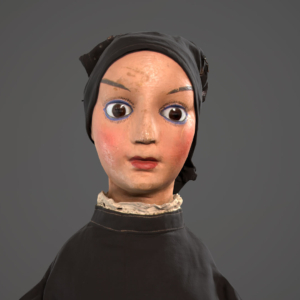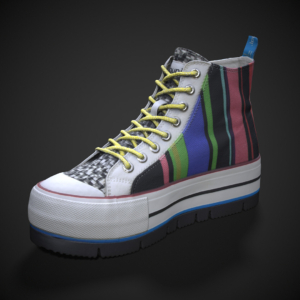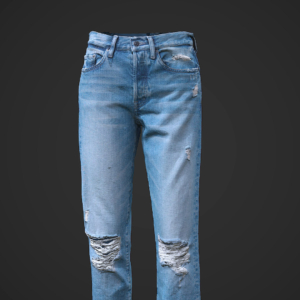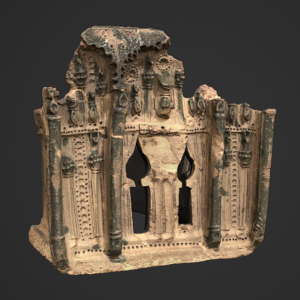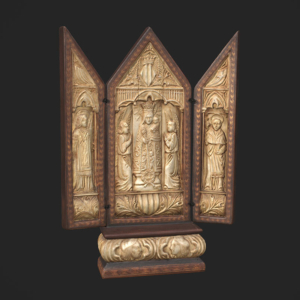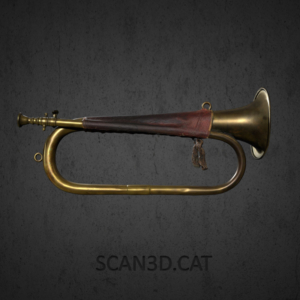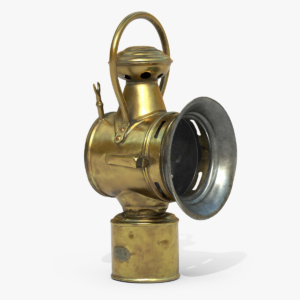Real-Time 3D
360º interactive presentations
Real-Time 3D.
It’s an exciting evolution of how we interact with and experience online content.
Instead of just viewing flat and static web pages, web 3D enables us to immerse ourselves in three-dimensional worlds online, similar to video games or 3D movies.
Imagine browsing the internet, and instead of clicking on links to view text and images on a page, you could explore three-dimensional environments where you can interact with objects, people, and places in a much more realistic way.
Instead of merely looking at an image of a product, you could see it from all angles, even touch it or manipulate it as if you were in a physical store.
Your presentation comes to life. It’s as if you can walk inside your presentation and explore it from different angles, like you’re in a video game.
This is where the “interactive” part comes into play. With an interactive 3D presentation, you and your audience can interact with the content. You can click on objects to get more information, move within the environment to see different aspects, or even manipulate objects in real time.
A more immersive and exciting way to experience information and entertainment online. You might come across virtual museums, interactive presentations, digital marketing, 3D meetings with friends or colleagues, and much more.
Web 3D is transforming how we interact with information and with each other online, providing a much more engaging and thrilling experience.
How is it done?
To achieve this, special 3D design tools are used, allowing you to create three-dimensional models and animations. These tools can be 3D design software or specific online platforms for creating interactive presentations.
The result is a window that you’ll see on your screen (which can be easily added to any web page) that you can interact with by rotating, zooming in, zooming out, etc., 360º around the 3D object, providing the audience with a complete viewing experience.
The 3D model and its textures must be prepared to occupy the smallest digital space possible (weighing just a few MB). The more polygons a 3D mesh has, the larger the base file size and the slower it loads on the device you want to use it on, such as a mobile phone, for example.
It’s crucial to optimize the 3D mesh of the scanned object, using the minimum necessary polygons and the highest possible detail in textures, including color, relief, brightness, roughness, etc., as these define its visual accuracy.
Web 3D uses technologies like WebGL and WebXR to bring this experience to your web browser.
WebGL allows displaying 3D graphics directly in your browser, and WebXR enables online virtual and augmented reality, meaning you could explore these three-dimensional worlds using virtual reality glasses.
Take a look at our Real-Time 3D examples.



